Disclaimer: this article about washing cloth diapers may not apply to everyone. It is depending on the type of nappies you have and the water you're using.
After deciding and purchasing cloth diapers for your little one, the next thing to do would be on how to properly wash it. As much as we like, every garments of our little bundle of joy should be clean and their nappies is not an exemption.
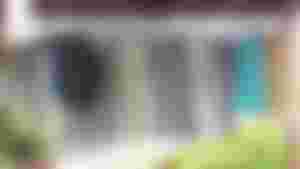
Back when I bought my third child's cloth diapers, I don't have the slightest idea on the proper washing. All I know is it's washed just how I do with his other things. And it's so wrong, very wrong. The seller whom I bought never informed me on how to wash it. So, I just washed it with the same soap I am using with lampin and his clothes.
Yes, soap. Perla soap, the classic soap used for washing babies clothes by hand washing. The worst mistake I did with cloth nappies because it is not recommended or advisable to be used in cloth diapers.
The bottom line, it made my baby sick rather than preventing it. One more thing, no matter how I washed it the smell of ammonia won't go away. The smell of urine is really strong even if the baby just peed on it once. That's why instead of hand washing it, I used the washing machine and used our laundry detergent. Did it change anything? None.
The seller whom I bought the cloth nappies this time told me that it should never be washed with perla. The method I did was very wrong. Why so? Obviously, the perla soap is not the thing for it. Perla coats the fabric that instead of getting pee and poop residues, it stuck it all the more resulting for a nappy smelling bad. So when those waste were not extracted it would really make the baby sick.
Additionally, perla affects the absorbency of the fabric that would lead to possible leakage. It's life span also becomes shortened.
Nevertheless, perla is good for lampin especially when you're dealing with poop stains that really are stubborn and won't be remove easily. So that when washing babies garments and lampin make sure to separate the soiled ones. Baby's poop is water soluble specially when he is breastfeeding. All you have to do is get the solid waste off then with perla, soap generously onto poop stains. Then hang it under the sun. After some time under the sun, it'll be sparkling white again. Of course you have to hand wash it with the others.
Back with cloth nappies, the seller of Chambilog brand SHOCT soakers adviced me to washed the soakers like we do normally on other garments. But on the first wash after purchase, it should be soaked with detergent for 30 minutes before washing. Rinsing should be unlimited until there's no more bubbles.
Regarding detergents that should be used, any laundry detergent that contains no fabric conditioner would do. Fabric softeners is a big No No in washing cloth diapers because it has the same effect like perla.
Tiny buds detergent is what I am using with my baby's clothes that's why I asked if it is good with the C.Ds. Thankfully, it is because Tiny Buds are designed for babies.
The seller also mentioned about stripping and sanitizing which I am not familiar with. It should be done twice a month. Since, we have plenty of water for washing that doing it once a month will do.

Stripping is simply soaking the soakers and inserts into a basin of hot water with detergent. Wash it once it is cooled down. This is done to get detergent, soil or even oil residues that had been stuck in the insides of the fabric since it is made of layers of fabrics that simple washing can't take off. This makes the absorption of the fabric at an excellent condition.
Stripping is however an exemption to the cloth diaper shells whether it is cover type or pocket type. And so does with all-in-ones because the shell is made of water resistant polyester that it will be damaged when it comes in contact with very hot water.
Sanitizing, on the other hand, is soaking the soakers, inserts including shells into a basin of water added with 2 caps (of bleach) of xonrox. This is done after the nappies have been washed. After half an hour of soaking, rinse it repeatedly until no more bubbles or the nappies smell fresh.
When you have hard water then it is necessary to do stripping and sanitizing twice a month. And the best way of getting these diapers sanitize is lining them on the clothes line under the sun.
Look at how it was hanged below? The shells should be hanged like that so that the elastic bands at the sides won't get loose. Thus, extending its life span.
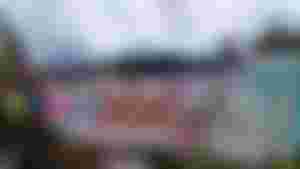
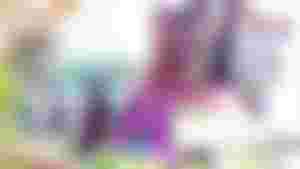
Moreover, adding baking soda on water and detergent aids in removing stubborn poop stains on colorful SHOCT soakers and on the surface of pocket type shells. It will make the diapers smell fresh.
These methods explain why the bamboo charcoal inserts that my baby before used were like that.
This is only for those who do washing by hand. For machine wash, I am sure there are those who are using automatic washing machine that can use hot water in it, you can use that.
Again, cloth diapering is not for everyone since it requires skill in putting it around your babe's bum and attention in washing it. But when you choose to, know that mother Earth is much thankful.
All images used are used with permission and credits from the seller whom I bought my cloth nappies. I don't have the time to capture mine.
Related articles:
Cloth diapering: One step in saving mother Earth
12-19-21
Z_Graeden
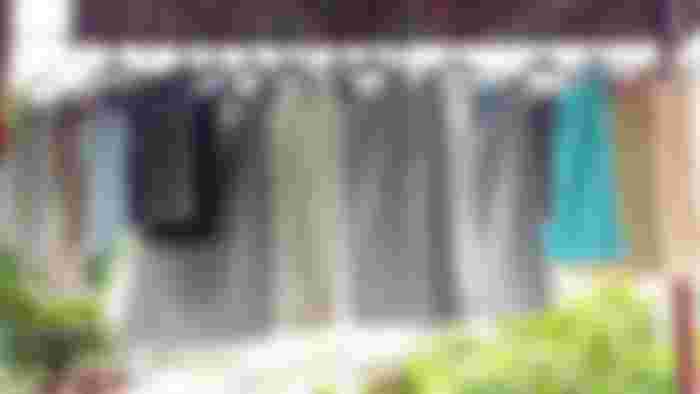

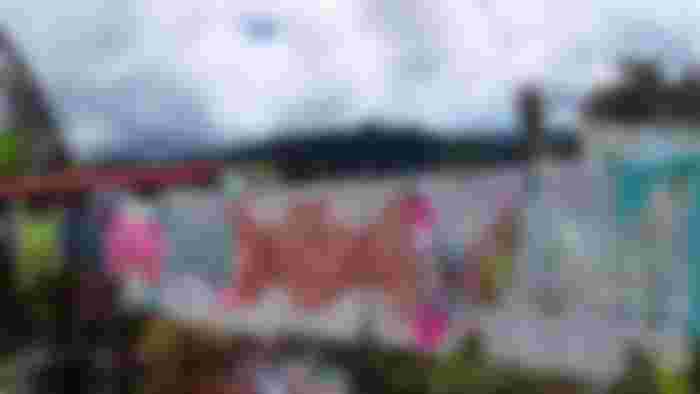

Hirap maglaba2 ng cloth diaper. Ako'y taga laba ni mama before 🤣